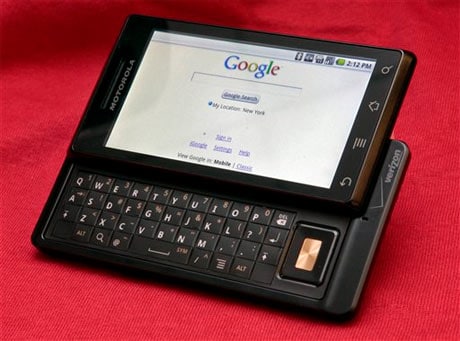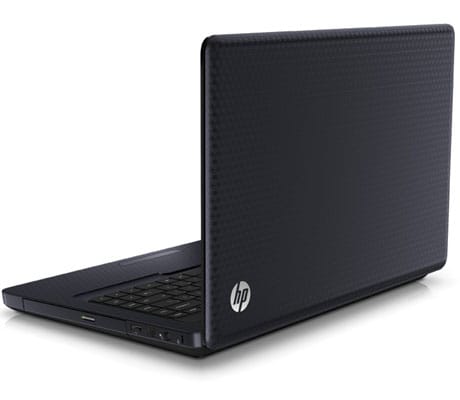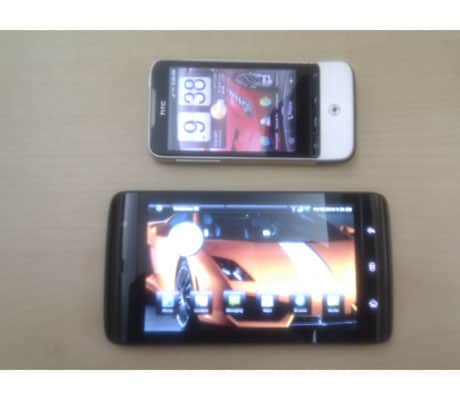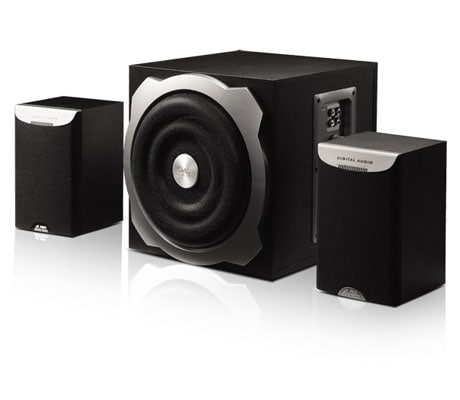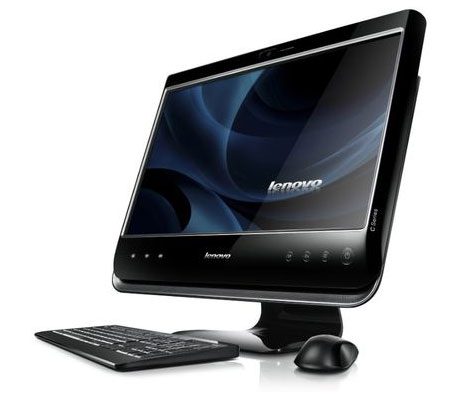
Back in 2004, when I got my first MP3 player, I never cared that it lacked a camera, Web browser and crystal-clear video playback features that are now common on digital media devices.
Apple's latest iPod Nano and Microsoft's freshest Zune, both released within the past week, offer these kinds of perks and plenty more. Neither is right for everyone, but both serve as a reminder of how far digital media players have come in just a few years.
Apple has sold more than 100 million iPod Nanos since launching the first one in 2005, and the latest version should cement its title as king of the prom.
At first glance, the new Nano seems very much like the previous version. It has retained its skinny legginess and curved sides, along with its crisp screen and slightly annoying shake-to-shuffle music feature. Astute gadget hounds may notice it has a slightly enlarged screen it's now 2.2 inches on the diagonal, up from 2 inches.
There are some major additions, though, that make this tiny tune toter really worth its price tag ($149/Rs 9,400 for 8 gigabytes of storage space; $179/Rs 11,200) for 16 gigabytes).
The first is located near the bottom of the Nano's back: A little video camera lens with a pinhole-sized microphone. The location is prone to fingers-over-lens issues, but because the Nano has a built-in accelerometer you can solve this problem by turning the device upside down and it will still know to film right side up.
Apple says it simply wasn't possible to place the camera anywhere else without making the Nano pudgier, so I'm willing to forgive this inconvenience.
The quality of Nano videos probably won't get you into Cannes, but the camera is so easy to use that I found myself looking for cool things to record while wandering around listening to music. I also loved its special effects filters, which let you film in old-fashioned film mode or "kaleidoscope" mode.
To my chagrin, there is no option to take still photos, and no zoom two features you'll find on many run-of-the-mill cell phones. Maybe next time, Apple?
The built-in microphone did impress me. It had some difficulties capturing sound from multiple sources at the same time, but noises generally sounded clear in videos. The microphone will also record voice notes something I've been awaiting for several years.
Another neat feature: Now the Nano has a built-in speaker. You won't notice it at first, since there's no speaker grill. But if you happen to play back a just-recorded video or a song without plugging in headphones, you'll notice that, indeed, the Nano is emitting sound. The speaker does not get that loud, and it doesn't sound incredible, but it's nice to have the option to listen out loud.
Sadly, the speaker doesn't work with the Nano's FM radio another new feature since the radio counts on your headphones to act as an antenna. The inclusion of a digital radio is long overdue, and it comes with a neat "live pause" feature that will store up to 15 minutes of the broadcast. This came in handy when I was listening to NPR and wanted to stop and make a phone call. I could just come back and catch up on the news a few minutes later.
Simply put, the new Nano gets nearly everything right. It even includes a built-in pedometer for logging exercise goals. There are plenty of tweaks Apple could and probably will make in the future, but it's still the best and smallest multimedia player you can buy for under $200.
Microsoft's Zune player has gotten steadily better since it was first released in 2006. Its latest effort, the Zune HD, gets several things right, including video and music playback. Still, there's still plenty of room for improvement.
The Zune HD ($220/Rs 10,560 approx. for a 16-gigabyte version; $290/Rs 13,920 approx. for 32 gigabytes) is packed in a slim, silver-and-black case that sports a fairly generous 3.3-inch touch screen.
The screen is one of the new Zune's best parts: It's very responsive to finger swipes and taps, and, as with Apple's iPod Touch, you can pinch photos to zoom in and out.
Videos and photos look super crisp, and I had no problem snuggling up with the Zune HD while watching an episode of sketch comedy show "The State" that I downloaded from the Zune Marketplace over the corresponding computer software.
The latest Zune includes a high-definition video function, so you can buy high-def movies in 720p resolution from the Zune Marketplace, and, if you shell out $90 for a dock, watch them on a high-definition TV. You can also watch them on the Zune, but the resolution will be lower.
More impressive was the addition of an HD radio receiver for accessing radio stations' digital HD radio content, which is transmitted alongside their regular analog broadcasts. HD stations sounded clearer than standard FM stations on the dial, but since the Zune already has a good FM radio I wasn't blown away.
I was pleased to see Microsoft finally built a Web browser into the Zune, which you can use when you're in a Wi-Fi hot spot. The Zune always had wireless capabilities, and the company seems to revel in rolling out related functions as slowly as possible. On the last Zune, users gained the ability to download Zune Marketplace songs straight to the device when connected to a Wi-Fi network.
The browser, which is based on Microsoft's Internet Explorer, isn't nearly as good as one you'd use on your computer. Given the screen size it was sometimes easier to view mobile versions of Web sites (sometimes you're automatically directed to them anyway), and there's no support for Flash videos like the ones on YouTube.
Still, it has an easy-to-use touch-screen keyboard for entering Web site addresses, and it's good for reading the news, checking e-mail or updating your status on Facebook.
One neat feature is the ability to assign "pins" to content you like basically, quick links that are kept in a side menu off the home screen. This made it easier to quickly access the Obi Best and Lady Gaga songs I can't stop listening to, along with my favorite Web sites.
Of course, Microsoft has heard the siren song of Apple's online App Store, and has added an "Apps" section to the Zune Marketplace, which you can access through your computer or the device itself. There are only a handful of applications available now I downloaded two games that didn't really impress but they are all free, and Microsoft plans to roll out Facebook and Twitter applications soon.
The Zune HD proves the device is starting to come into its own as a multimedia contender. It's not quite there yet, but I am curious to see what Microsoft comes up with next.
